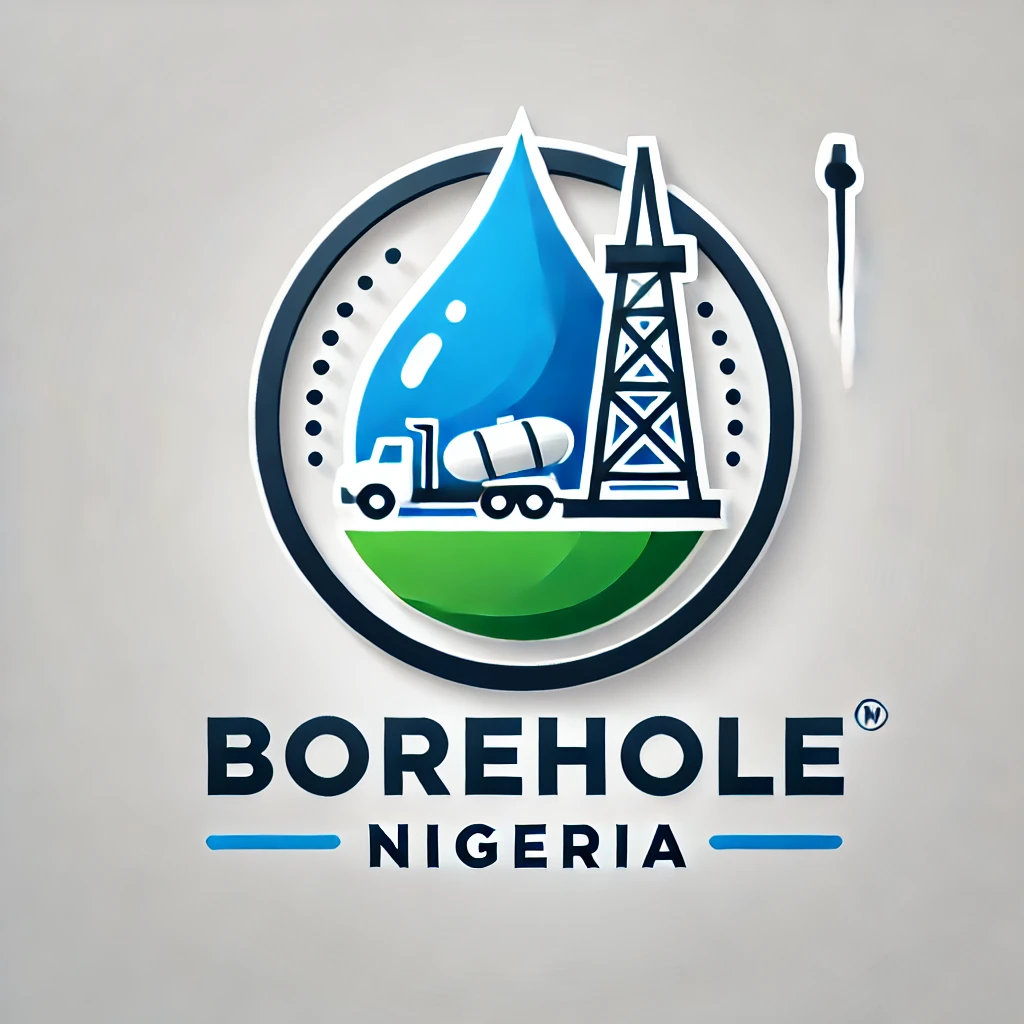The Kola Superdeep Borehole is one of the most fascinating and ambitious scientific projects ever attempted, but unfortunately, it cannot be opened in the traditional sense. Here’s why:
1. What is the Kola Superdeep Borehole?
The Kola Superdeep Borehole (SG-3) is the deepest artificial point on Earth, located on the Kola Peninsula in Russia. Drilling began in 1970 and continued until 1994, reaching a final depth of 12,262 meters (40,230 feet). The goal was to penetrate as deep as possible into the Earth’s crust to study its structure, composition, and various geological phenomena.
2. Current Status of the Borehole
The Kola Superdeep Borehole was sealed and abandoned in 2008 due to a combination of technical challenges, rising costs, and political changes after the collapse of the Soviet Union. The site is now deserted, and the borehole itself has been covered with a heavy metal cap to prevent anyone from accessing it.
3. Why Can’t It Be Opened?
- Safety Concerns: The temperatures at the bottom of the borehole reached around 180°C (356°F), much higher than expected. The extreme heat caused technical problems during drilling and remains a significant hazard.
- Structural Integrity: After decades of being sealed, there are concerns about the borehole’s structural integrity. Any attempt to reopen it could cause unpredictable reactions or collapses.
- Scientific Relevance: While the Kola Borehole provided valuable geological data, modern science has evolved. Today, other methods like seismic surveys and more manageable, shallower drilling projects provide safer, cost-effective alternatives for studying the Earth’s crust.
4. What Was Learned from the Kola Borehole?
- Geological Surprises: Scientists expected to find solid rock at such depths, but they instead discovered that the rock was porous and saturated with water.
- Temperature Anomalies: The unexpectedly high temperatures at the deep levels challenged the existing models of the Earth’s crust.
- Microfossils Discovery: Microfossils of plankton were discovered at depths of up to 6 kilometers, providing insights into the ancient biosphere of Earth.
5. Future of Deep Earth Exploration
While the Kola Superdeep Borehole remains a testament to human ambition and curiosity, future efforts in deep-Earth exploration may focus on other locations or use advanced technologies like robotic probes and deep-sea drilling to safely study the Earth’s deeper layers.
If you have more questions about deep drilling projects or Earth exploration, feel free to ask!
